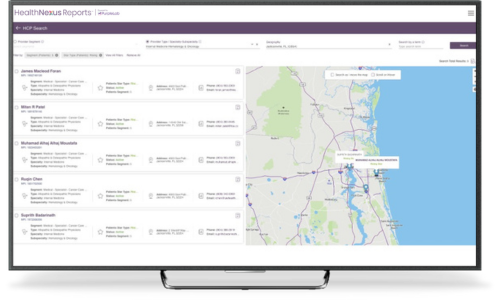[Background]
A clinical trial for a new Cystic Fibrosis (CF) treatment was initiated with a reputable Key Opinion Leader (KOL) as the Principal Investigator (PI). The PI was selected based on their credentials, past experience, and an existing relationship with the pharmaceutical company. However, the study site encountered unexpected challenges in patient enrollment, prompting a closer examination of the recruitment process and PI selection criteria.
[Objective]
The primary objective was to identify and address the root cause of zero patient enrollment at a supposedly promising study site. Upon further investigation, the problem stemmed from a misalignment between the PI’s area of expertise (Pulmonary Fibrosis) and the study’s focus (Cystic Fibrosis), which was overlooked during the initial site selection process. This mismatch resulted in a critical gap in access to the target patient population, jeopardizing the study’s recruitment goals and timeline.
[Solution]
- Utilized PurpleLab’s referral patterns report to map the PI’s professional network.
- Identified associated physicians within the PI’s network who specifically treated CF patients.
- Developed a revised recruitment strategy leveraging these connections to reach the appropriate patient population.
This methodology allowed for a rapid pivot in recruitment efforts, transforming a potential roadblock into an opportunity to tap into a broader network of relevant healthcare providers.

HCP/HCO Search
[Conclusion]
This yielded several important outcomes and insights for the pharmaceutical company:
- Highlighted the critical importance of verifying a PI’s patient panel and clinical focus during the site selection process.
- Demonstrated the value of data-driven tools, such as referral reports, to optimize clinical trial recruitment strategies.
- Emphasized the need to prioritize direct access to the target patient population over reputation or past relationships when selecting PIs.
- Underscored the importance of thorough communication between sponsors, CROs, and potential PIs to ensure alignment with study requirements.
By addressing the mismatch between the PI’s expertise and the study’s needs, and by leveraging data to identify alternative recruitment pathways, the team was able to salvage the site’s potential contribution to the trial. This experience provided valuable lessons for improving future investigator site selection processes and enhancing overall clinical trial efficiency.